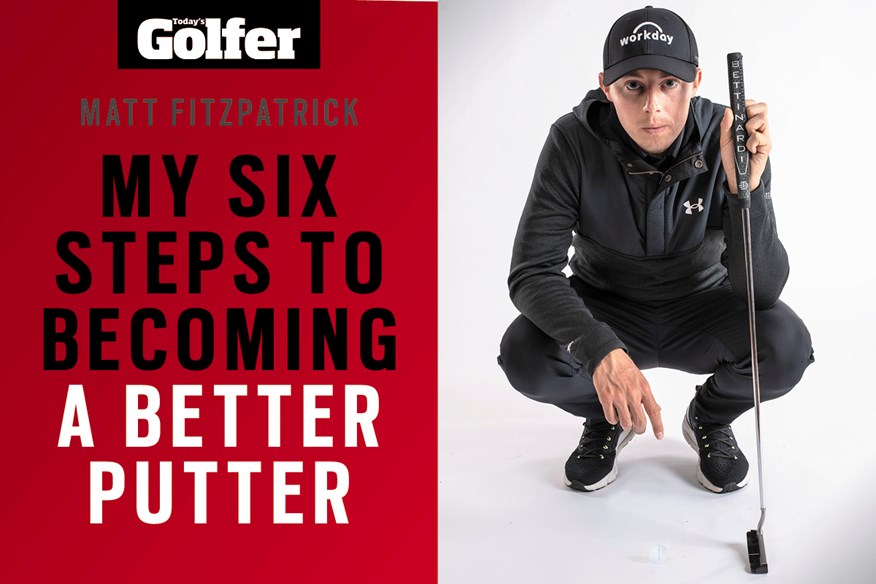Matt Fitzpatrick: My six steps to becoming a better putter
Last updated:
US Open champion Matt Fitzpatrick shares the putting tips which helped deliver his first Major victory at Brookline.
Matt Fitzpatrick is well known for being one of the best putters on Tour. A student of Phil Kenyon, he ranked second is consistently among the top players in strokes-gained putting on the PGA Tour.
We visited Fitzpatrick at Hallamshire Golf Club in his hometown of Sheffield, where he discussed his career to date, goals for the future, his distance feud with Bryson DeChambeau (read it all here) and revealed how a few simple tweaks can help you to hole out more confidently.
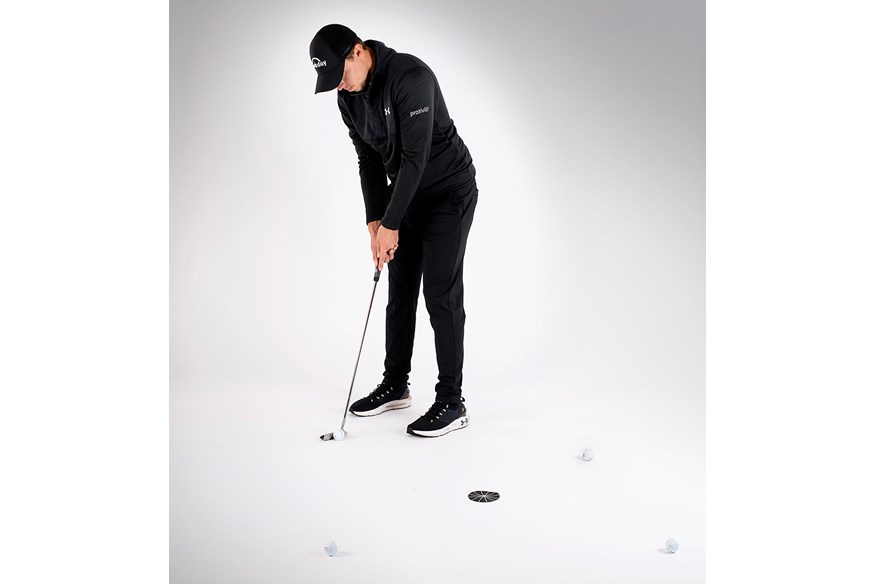
Fitzpatrick putting tip #1: Practise those pressure putts
There’s really no better way to practise than seeing your putts go in. To improve from inside 6ft, the best thing you can do is lots of repetition from that distance. Confidence is a big thing in putting and the more time you can spend from inside 6ft, practising all breaking putts from around the hole, the better you’ll be.
Whenever I do drills like this or set myself a challenge of different distances or breaks, I’ll keep a record of how many I holed. The more you get used to the lines, the feel of the slopes and the speed of the greens, particularly at your home club, the more you’ll start to shave shots off your handicap.
Top tip: Don’t just hit every putt at the same pace. Practise dying the ball in or putting through the break to see what feels more comfortable and produces the best result.
RELATED: Bettinardi 2022 BB-Series, Inovai 6.0 and Inovai 8.0 putters
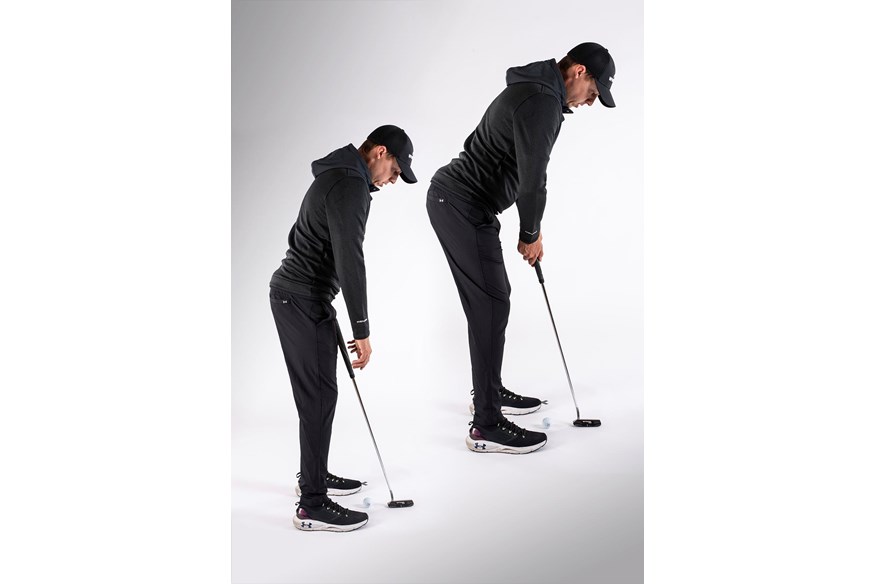
Fitzpatrick putting tip #2: Find comfort at set-up
The big thing for me is feeling relaxed over the ball. I see too many tour pros and amateurs who look so stiff and rigid at set-up. From there you lose all concept of feel and flow, which makes it tough to hole putts and build any kind of consistency.
Whenever I think about my posture or feel a little bit of tension in my stroke, I always go back to softening my knees slightly and letting my arms hang naturally as I grip the club. I don’t think there’s any point in overcomplicating your set-up once you’re over the ball, otherwise you’ve got too many things in your mind and everything becomes too robotic.
RELATED: What’s in Matt Fitzpatrick’s golf bag?
Fitzpatrick putting tip #3: Manage your expectations
Ultimately, you’re always the best benchmark for how well you are performing. You’ll gain a lot more by competing against yourself rather than comparing yourself to a PGA Tour player.
A lot of it comes down to expectation management and not putting so much pressure on yourself. I’ve played with many amateurs who stand over an eight footer and expect to make 80/90 percent, but the tour average is only 50 percent and these are the best players in the world.
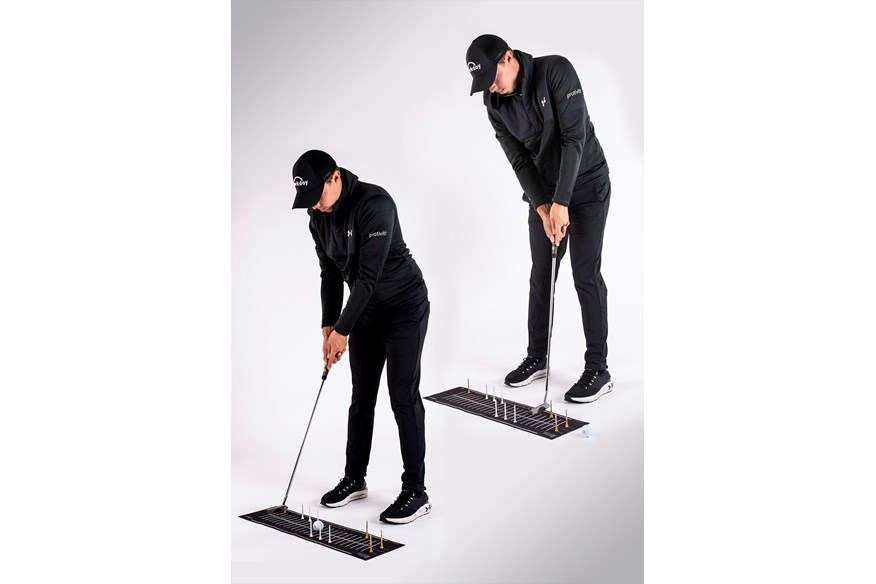
Fitzpatrick putting tip #4: Understand your putting tendencies
It sounds like a cliché, but you’ve got to put the work in if you want to build a consistent and reliable stroke. For example, I know from my work with my coach, Phil Kenyon, that my path tends to be in-to-out. He has a Visio Mi Putting Template which mirrors my stroke arc and lets me stick tee pegs on the high side and low side in the backswing and through-swing to help train the same stroke over and over again.
Doing loads of repetition is a big thing in putting. The best putters are able to keep their stroke within the same parameters, which is why technical practice is so important. I use the putting template every day before a tournament.
It’s the best training aid I’ve ever come across because it’s such a good calibration tool. I do it every morning before a tournament round, just making sure everything is alright. I’m only hitting 10 or 15 putts. It’s not a lot really, but it’s helped my putting massively.
RELATED: Phil Kenyon – How to save six shots with these putting drills
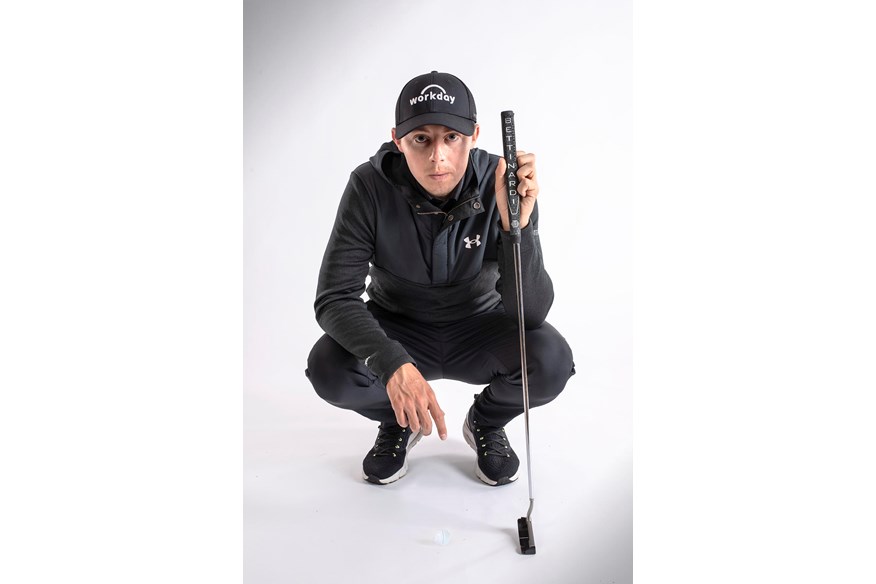
Fitzpatrick putting tip #5: Get into a routine… and stick to it
I think getting your alignment right is the single most important thing in putting. The Visio Mi Putting Template helps with that but if you haven’t got one, you can use the edge of any mat or an alignment stick and then set your body and putter face accordingly.
Personally, I rely on the sightline on my putter and the line on my ball a lot. I’ve been lining up my ball from a pretty young age actually and it’s massively important for me to start the ball on line. I’ve noticed a few times when I’ve just thrown balls down on the putting green, my aim and strike has been completely off. It helps with a little bit of everything, from strike to set-up.
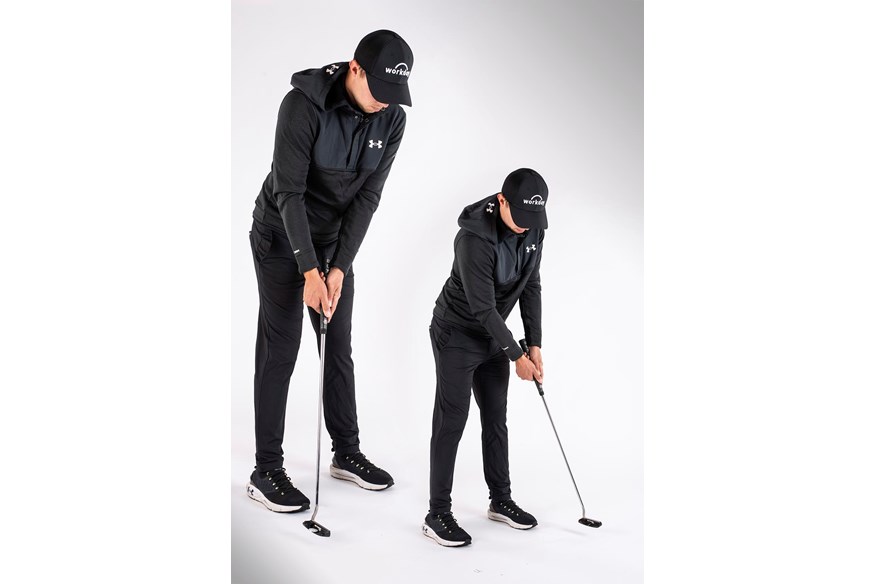
Fitzpatrick putting tip #6: Groove your tempo
I think people get too hung up on their length of stroke. I played with David Law at the BMW PGA Championship and he had one of the shortest strokes I’ve seen and putted fantastic. But then I’ve been on a putting green with Ben Crenshaw, one of the best putters of all time, and he had a nice long stroke. I’m probably somewhere in the middle, which shows that everyone is different.
What’s more important is your pace control and how you deliver the putter head to the ball. One thing we look at in my data is the acceleration profile and making sure that my tempo is not uneven, especially in transition.
One way you can practise that is by placing a coin on the back of the putter and hitting putts for five minutes. The idea is to keep the coin there on the way back and to throw it away from the target just as you end the backswing and begin that forward movement towards the ball. Again, it just comes back to building consistency – that’s
the main buzz word with putting.
RELATED: Tested – Best Putters

When Bettinardi first started working with Matt, he’d been using a Yes! Tracy II putter since the age of 16. But as the brand had gone out of business, the World No.25 had taken to buying his back-ups on eBay. Bettinardi spent five years working with Matt and, after producing almost 30 prototypes, they created his perfect putter and signed him to a deal at the end of 2020 (read all about their range, here).
“Matt can tell between the smallest changes in feel, sound and shape,” says Executive Vice President Sam Bettinardi. “He notices everything, so our team really had to step it up when working with him.”
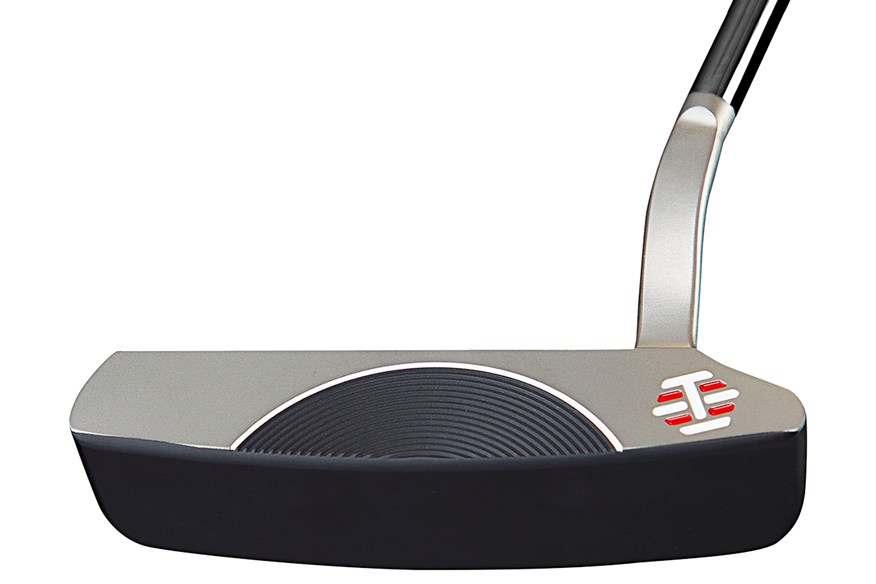
Matt loves using what he knows, so moving on from the circular-shaped C-Groove face of the Yes! involved a lengthy transition period. As the patent had expired, Bettinardi were able to take all that was good about the groove and move it on with new shaping, to give a slightly better feel and roll.
“Offset is a really personal thing and nailing that, along with the flow neck design that Matt likes, was a key step forward,” says Sam. “He likes a sixth of a shaft of offset (other players range from three-quarters to an eighth), the 346g weight has to be spot on, with zero tolerance, and he insists on a polished silver topline but the body absolutely has to be black.”
Matt’s putters are created from double aged stainless steel – the metal is heated and cooled twice, which anneals and softens the material for machining, while also giving a softer feel. Matt’s so switched onto feel that when Bettinardi regrip his putter, they even have to sandpaper it to ensure they create the rough, rugged feel he loves.
READ NEXT: Mark Crossfield fixes your short game
-
 Matt Fitzpatrick shares his golf putting tips with Today's Golfer.
Matt Fitzpatrick shares his golf putting tips with Today's Golfer.
-
 Matt Fitzpatrick helps you groove your putting tempo.
Matt Fitzpatrick helps you groove your putting tempo.
-
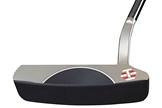 Matt Fitzpatrick's Bettinardi putter.
Matt Fitzpatrick's Bettinardi putter.
-
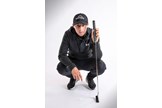 Matt Fitzpatrick explains the importance of a putting routine.
Matt Fitzpatrick explains the importance of a putting routine.
-
 Matt Fitzpatrick helps you manage your putting expectations and find a comfortable set-up position.
Matt Fitzpatrick helps you manage your putting expectations and find a comfortable set-up position.
-
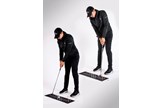 Matt Fitzpatrick teaches you how to understand your putting tendencies.
Matt Fitzpatrick teaches you how to understand your putting tendencies.
-
 Matt Fitzpatrick says you should practise pressure putts to improve.
Matt Fitzpatrick says you should practise pressure putts to improve.
-
 Matt Fitzpatrick signed a deal to use Bettinardi putters at the end of 2020.
Matt Fitzpatrick signed a deal to use Bettinardi putters at the end of 2020.
